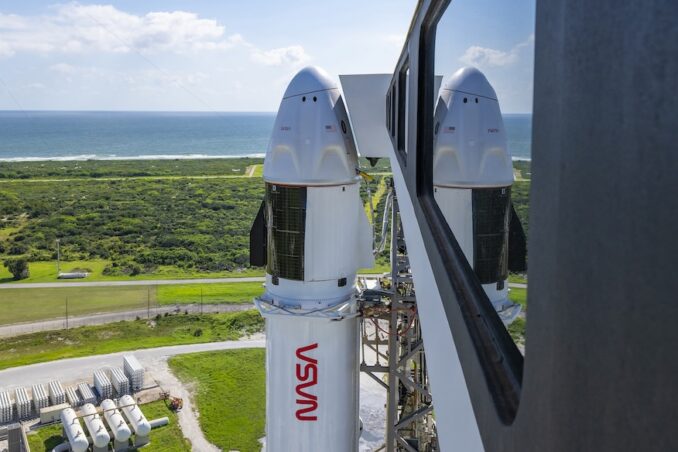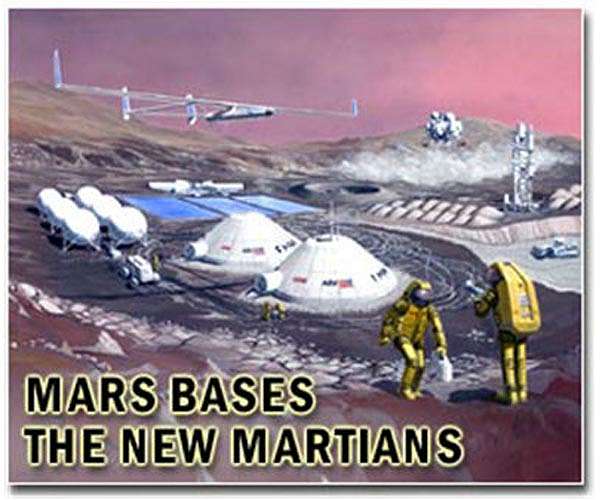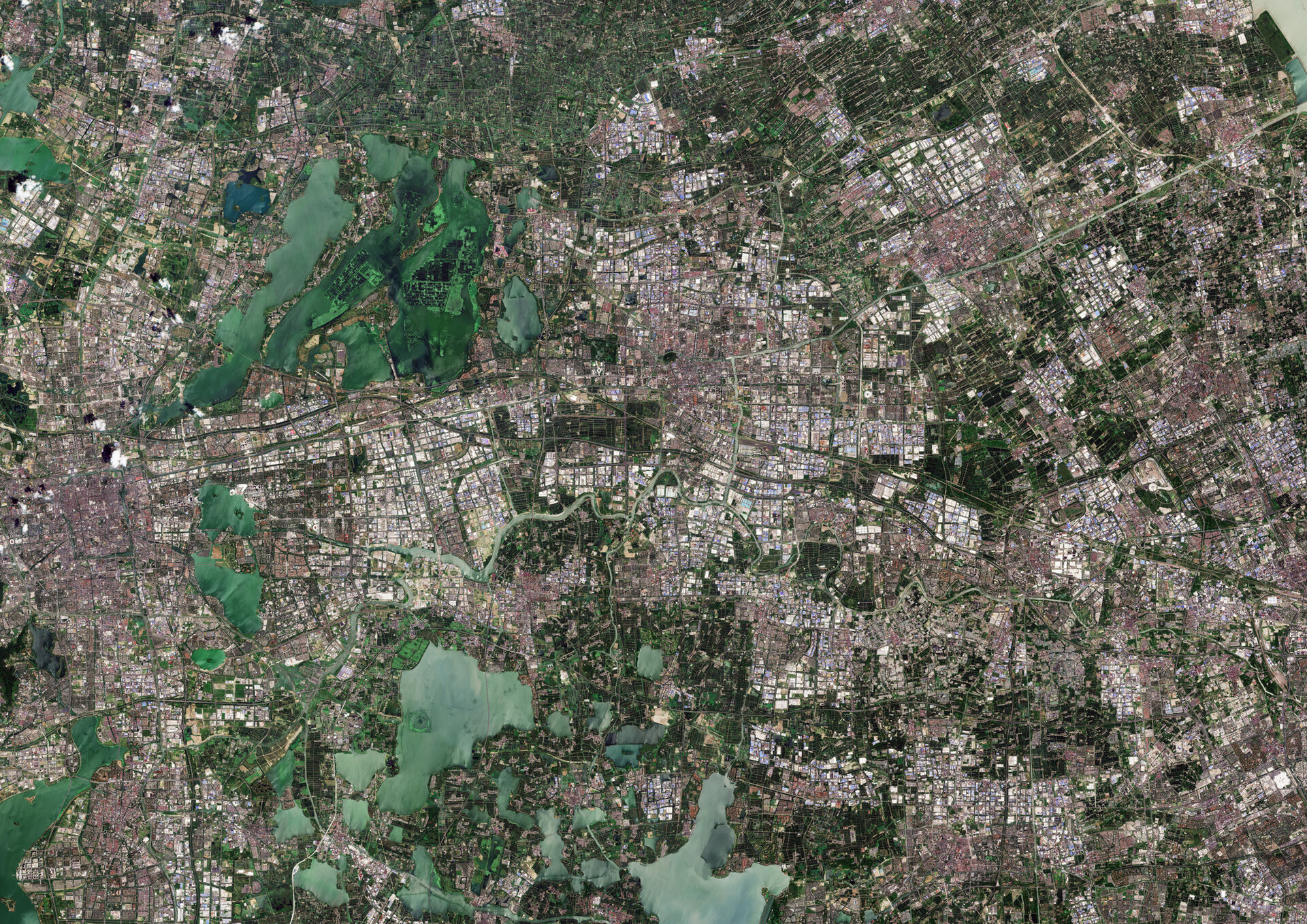*

NASA and SpaceX pushed ahead with planned prelaunch activities Cape Canaveral Space Force Station’s pad 40 on Tuesday even as the date of liftoff for the Crew-9 mission to the International Space Station had to be delayed due to expected impacts from Tropical Storm Helene.
In a statement late Tuesday afternoon, NASA announced that the launch, originally set for Thursday, Sept. 26, was being delayed to no earlier than Saturday, Sept. 28, at 1:17 p.m. EDT (1717 UTC). The agency said the storm, which is expected to strengthen into a hurricane as early as Wednesday morning, will likely have impacts on Florida’s Space Coast.

“Although Tropical Storm Helene is moving through the Gulf of Mexico and expected to impact the Florida panhandle, the storm system is large enough that high winds and heavy rain are expected in the Cape Canaveral and Merritt Island regions on Florida’s east coast,” NASA wrote in a blog post.
Astronaut Nick Hague and cosmonaut Aleksandr Gorbunov head to pad 40 Tuesday afternoon for a countdown rehearsal ahead of the Crew 9 mission, now scheduled for launch no earlier than Saturday. Watch live views from the Cape: pic.twitter.com/GsWqR9cWMj
— Spaceflight Now (@SpaceflightNow) September 24, 2024
During the afternoon, NASA, SpaceX and Space Force Guardians with Space Launch Delta 45 conducted a launch day run-through called a dry dress rehearsal. They simulated the day-of activities with NASA astronaut Nick Hague and Roscosmos cosmonaut Alexandr Gorbunov in the loop and went through the countdown process.
Following the dry dress rehearsal, SpaceX will conduct a static fire test of its Falcon 9 rocket. The nine Merlin engines at the base of the booster, B1085 in the SpaceX fleet, will ignite for a few seconds before shutting down.
B1085 previously launched on the Starlink 10-5 mission on Aug. 20, 2024. The reason it launched a Starlink mission before a crewed flight is because it suffered water intrusion during its trip from SpaceX’s testing facilities in McGregor, Texas, to Florida.
“There was some moisture that went into the fuel in the [liquid oxygen] tank of that booster when it was transported from McGregor to the Cape. The desiccant system didn’t perform the way it was supposed to,” said Steve Stich, the manager of NASA’s Commercial Crew Program, during an Aug. 7 press briefing. “That desiccant system is supposed to keep that air dry and so, it didn’t perform the way it was supposed to. So we had to dry those tanks out and then replace a few components on the vehicle.”

B1085 along with its new second stage and the Crew Dragon Freedom spacecraft rolled out of the hangar at Space Launch Complex 40 (SLC-40) during the early morning hours of Tuesday. The rocket was brought upright shortly after 9:30 a.m. EDT (1330 UTC).
The launch marks the first crewed mission to launch from SLC-40, which offers NASA and SpaceX redundant capabilities to launch Dragon missions from both of SpaceX’s launch pads in Florida.
After launch, Dragon Freedom will remain docked with the ISS until February 2025. It will depart with Hague and Gorbunov along with NASA astronauts Barry “Butch” Wilmore and Sunita “Suni” Williams.
NASA decided to use the Dragon spacecraft to bring Wilmore and Williams home after determining that there was enough uncertainty surrounding the thrusters on the Boeing Starliner spacecraft that it didn’t feel comfortable with it being the crew’s returning vehicle at the end of the Crew Flight Test mission.






No comments! Be the first commenter?